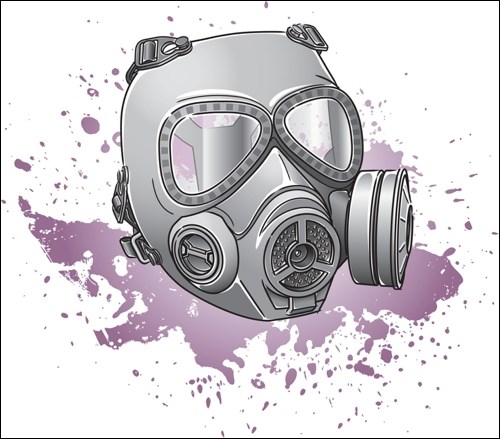A foul manure-like smell stunk up North Battleford Monday, Oct. 19, making for a smelly Election Day for people in the community.
The problem originated with a land application of Lystek International Inc. biofertilizer product that went terribly wrong.
In a statement from the company issued Wednesday, from Oct. 13 to 16 a well-known locally-based subcontractor was hired to carry out a land application of the biofertilizer product at an agricultural site next to North Battleford’s wastewater resource recovery centre to the southeast of the city.
The product used was the one made from the City’s biosolids using the new Lystek processing system. But contrary to the sub-contractor agreement, the material was not properly sub-surface injected according to Lystek’s standard approach and best management practices, according to the company’s statement.
The odour carried on right into the Battlefords and a litany of complaints ensued, as pointed out by councillors at the City’s Planning Committee meeting at City Hall on Monday.
Councillor Ryan Bater reported he received complaints about the smell and noted it seemed to be a fertilizer smell. Councillor Cathy Richardson, who chaired the meeting, also heard complaints and said people at the golf course were blaming it on the sewage treatment plant.
“Yes, it was,” responded Stewart Schafer, director of operations. As for why the smell happened, his explanation was simple.
“The company doing the deep injection, didn’t deep inject it,” he explained.
Instead, the biofertilizer product was partially on the surface and partially underneath. “They promised us this would not happen again,” Schafer added.
In speaking to the Regional Optimist, Lystek’s Director of Business Development Kevin Litwiller expanded on what transpired.
According to Litwiller, their company has extensive experience with subcontractors in Ontario who have been able to deep-inject the biofertilizer properly into the ground without incident.
“Here in Ontario, we deal with subcontractors that essentially take our material and they use good equipment that essentially injects the biofertilizer about six inches into the ground,” Litwiler said.
“That’s the proper way to do it because what happens is you incorporate the nutrients immediately and mitigate odour issues.”
In fact, Litwiller said, they have even had open house events where as many as 130 people would stand right beside the injection equipment as the material is applied in the ground, and within seconds the smell would be gone.
For the North Battleford job, Lystek was advised to take a look at a contractor that had provided services to the City of Saskatoon. There was some follow-up in which the contractor had assured Lystek they were up to the job.
“They certainly said they had the experience and the equipment to do the job properly. That did not turn out to be the case.”
Lystek’s experience with the subcontractor turned out to be a less than positive one. The main issue was the subcontractor did not have the proper equipment to do the job, according to Lystek.
Litwiller said there was one day towards the end where “the wheel actually fell off one of their pieces of equipment. Needless to say, it took us quite a bit by surprise. We didn’t get what we thought we were getting and certainly what we paid for, and the equipment was not sufficient to properly inject the fertilizer into the ground.”
Instead, some of the fertilizer stayed above ground, creating the smell.
“It was partially injected, but some of it sits on top of the soil. You get a bit of wind and it smells like manure, except it has a bit of a different smell than typical pig manure or chicken manure, it’s got a distinct odour.”
According to Litwiller, Lystek was not happy at all with the work of the subcontractor.
Still, the company is accepting responsibility for allowing the situation to happen, noting they have a contract with the City that they must live up to as well.
“We feel obviously quite badly about that. We never want to interrupt peoples’ lives with odour. It’s a quality of life issue and certainly not the way we do things anywhere else. We’ve taken corrective action steps to provide another provider of services moving forward, so it will never happen again,” said Litwiller.
“It wasn’t done properly, it was done under our care and control and we apologize.”
The company has issued a statement in which they say they have “taken decisive steps to ensure future programs conform to our best management practices and standards.”
Litwiller said for this job, they plan to “find another subcontractor with the proper equipment.”
“We will never rely on that particular equipment again and that’s a lesson learned for us.”
This incident has proved an embarrassing piece of news in what to this point had been touted by city officials as a “good news” story for North Battleford. The city had won a national municipal award for implementing the new Lystek system, which had been operational since last December.
Prior to its arrival, the biosolids from the wastewater treatment plant were shipped to the waste management facility located just east of the city, and were filling up the landfill at a rapid rate.
According to Lystek’s numbers, more than 3,000 tonnes of Class B biosolids have been diverted from the landfill since it was implemented.
As well, additional revenue is anticipated through the sales of the biofertilizer product to be produced from the new system.




